Awhile back, automotive parts supplier ZF gave us the opportunity to drive a Porsche 911 Turbo S, to test out the company’s AKC (Active Kinematics Control) – essentially ZF’s advanced four-wheel steering system.
Who are we to refuse them?
So down we flew to a retired Army airbase in sunny South Carolina, to put the succulent Turbo S through its paces on a makeshift handling course. The latest Porsche 911 Turbo S boasts additional ZF tech, too; notably, it has Continuous Damping Control – ZF’s near-instantaneous damper stiffening system, which uses solenoids rather than ferrous fluid and electrical current (as in magnetorheological dampers) to alter the fluid pressure.
But let’s focus on the aforementioned AKC system. This is not the first such system to have made it to market on a production vehicle; in the early 2000s, General Motors featured supplier Delphi’s Quadrasteer system as an (expensive) optional extra. Before that, certain variants of the BMW 8-series featured a similar speed-dependent four-wheel steering system, and now, rear-wheels which can dynamically change their tracking seem to have come back into vogue, as the Bavarian automaker and a handful of others have hurried to re-adopt similar tech.
With its AKC, ZF only supplies the hardware; tuning the system is up to the automaker. On this Porsche 911 Turbo S, the system is setup to provide +/- 3 degrees of rotation from the rear wheels; that’s not a whole lot, but the difference is more pronounced than we ever could have guessed. At low speeds, the rear-wheels turn opposite the front, tightening the turning radius dramatically past what we’d anticipated. At a crawl, the 2014 Porsche 911 Turbo feels almost like a riding lawnmower – impossibly small, and effortless to place.
At higher speeds, the AKC rotates the rear-wheels in the same direction as the front. This provides better stability when changing direction at speed, and lengthens the turning radius to help keep the car from feeling whippy and unpredictable. Most manufacturers will readily demonstrate the technology’s utility to the customer with the example of “better stability” when changing lanes on a freeway.
But who cares about that? After all, if changing lanes is the most complex high-speed maneuver you ever do in your Porsche 911 Turbo S, you aren’t using it correctly. We were much more concerned with its effect on high-speed cornering. Yours truly had gone into the test drive with the concern that by pointing the rear wheels in the same direction as the front, the car would lose some of its inherent agility, and adopt a tendency to “strafe” around corners.
I stand corrected. As none of us are engineers, we can’t explain in quite the right terminology what’s going on under the car with the AKC system to do what it does so damn well; you’ll simply have to take our word for it. As we mentioned before, 3 degrees in either direction isn’t a whole lot of movement, compared to the 40 or so degrees that the front wheels are allowed. So “strafing” isn’t a concern.
That might lead you to believe that the difference is nearly imperceptible, only somehow, it isn’t. The limits on the Porsche 911 Turbo S are impossibly high – so high that yours truly, being a novice driver, only found them by speeding well beyond them, and spinning the car on an historic Army runway in sunny South Carolina. Laughs and grins abounded.
The takeaway is this: the Porsche 911 Turbo S, with its Continuous Damping Control, and this incredible Active Kinematics Control, is one impressive and intoxicating machine.

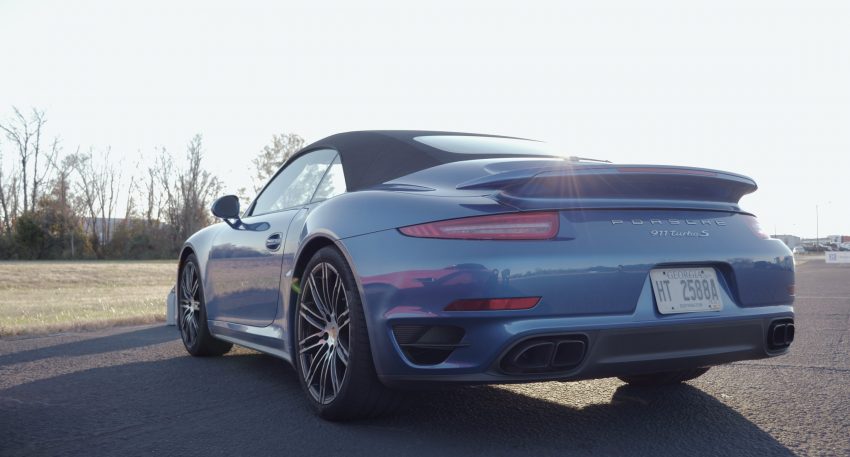
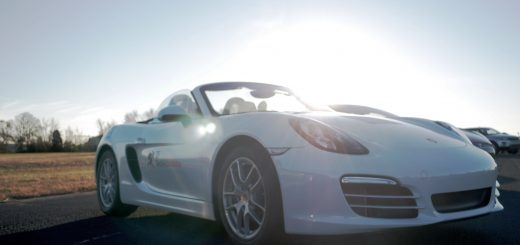

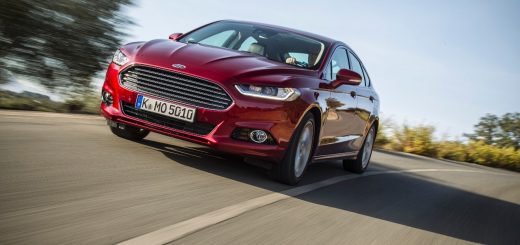
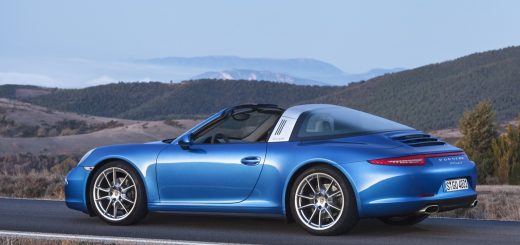
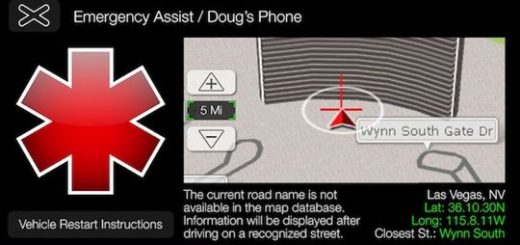
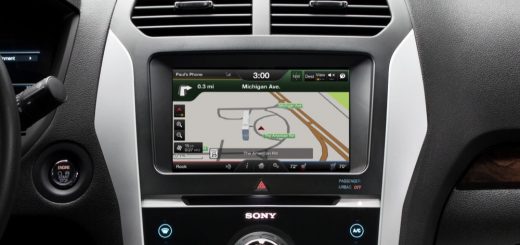






No Comments yet